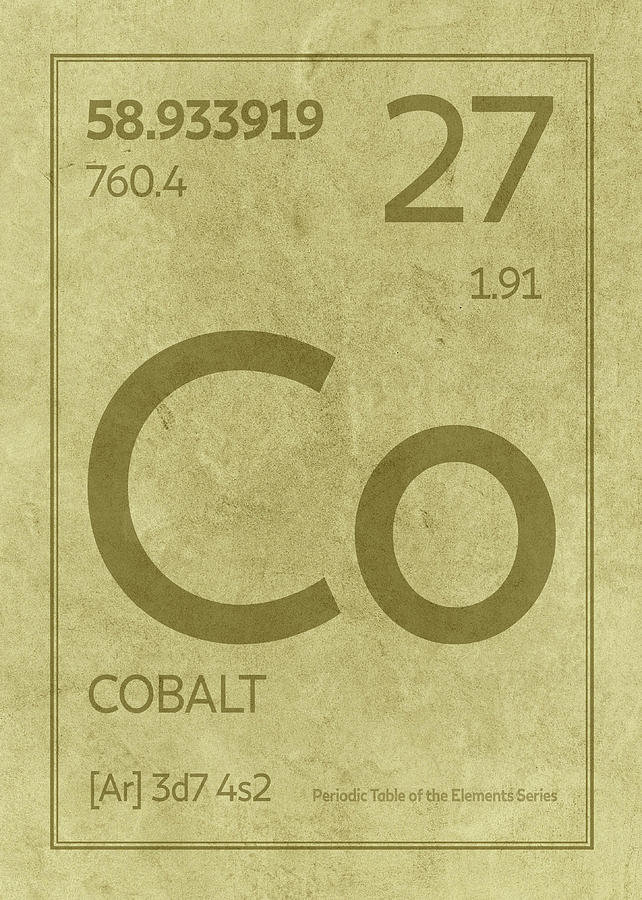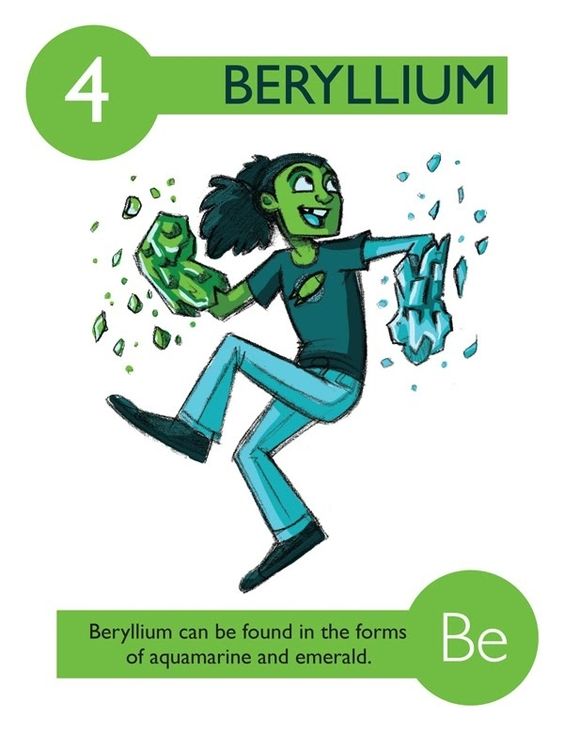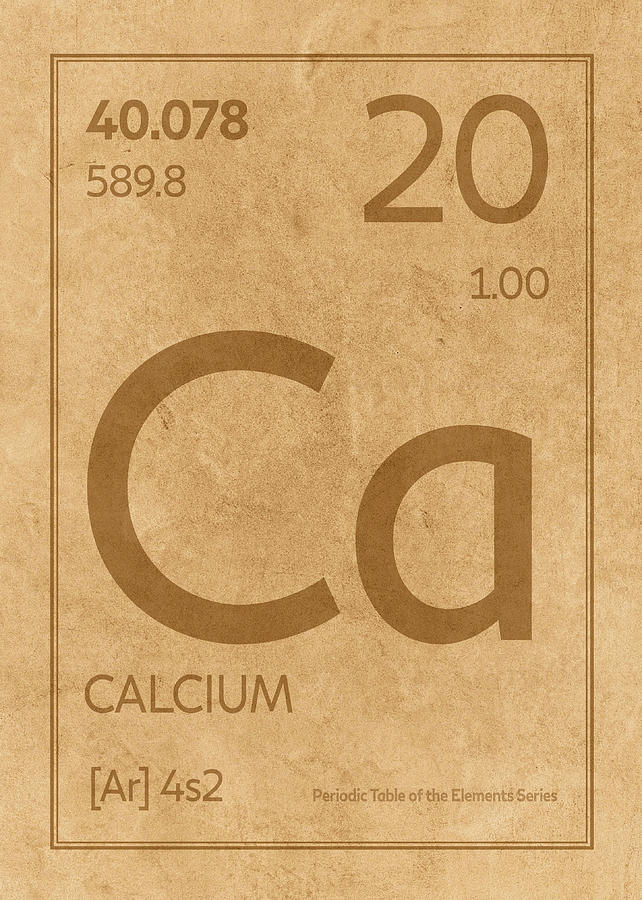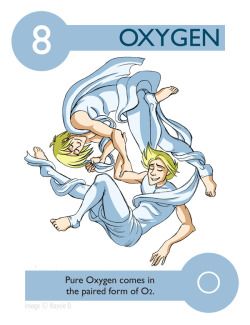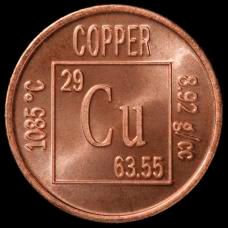Iron is a transition metal in cell 26 in the periodic table of elements. Since ancient times, humans have used iron for more than 5000 years. In fact, some of the oldest iron known to man is falling from the sky, such as meteorites. For the human body, iron is an important nutrient in the diet. In addition, iron is an extremely important metal to make many different from skyscrapers to home appliances. Here are 10 interesting facts about this element!
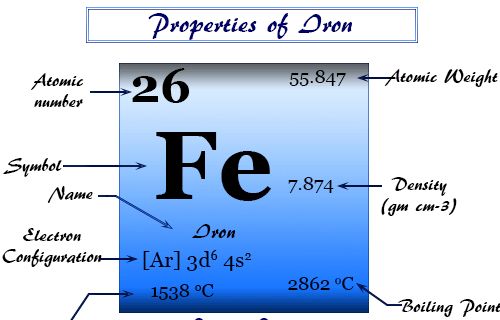
Information about the element Fe in the periodic system table
10 Interesting Facts about Iron
1. Iron is a common element on Earth as well as throughout the universe. It is the fourth most abundant element in the Earth's crust by mass of 5.6% and the second most abundant element in the universe. Iron is the heaviest element formed by fusion in stars.
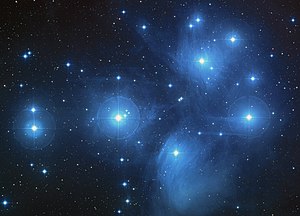
Iron is the heaviest element formed by fusion in stars.
2. Iron was the first magnetic metal discovered. The rocks were used by ancient navigators because they could serve as compasses, pointing to the magnetic north pole; this was described by the ancient Greek philosopher Thales of Miletus in 600 BC.
3. The liquid core of the Earth is made of liquid iron and nickel, which flows very quickly to maintain the geomagnetic field that protects us from the deadly particles and storms of the Sun.
.jpg)
The liquid core of the Earth is made of liquid iron and nickel
4. Both animals and plants need iron. Plants use iron to make chlorophyll, which is then used for photosynthesis. Humans use the iron in hemoglobin to transport oxygen to cells. Some bacteria use iron-sulfur clusters to fix nitrogen.
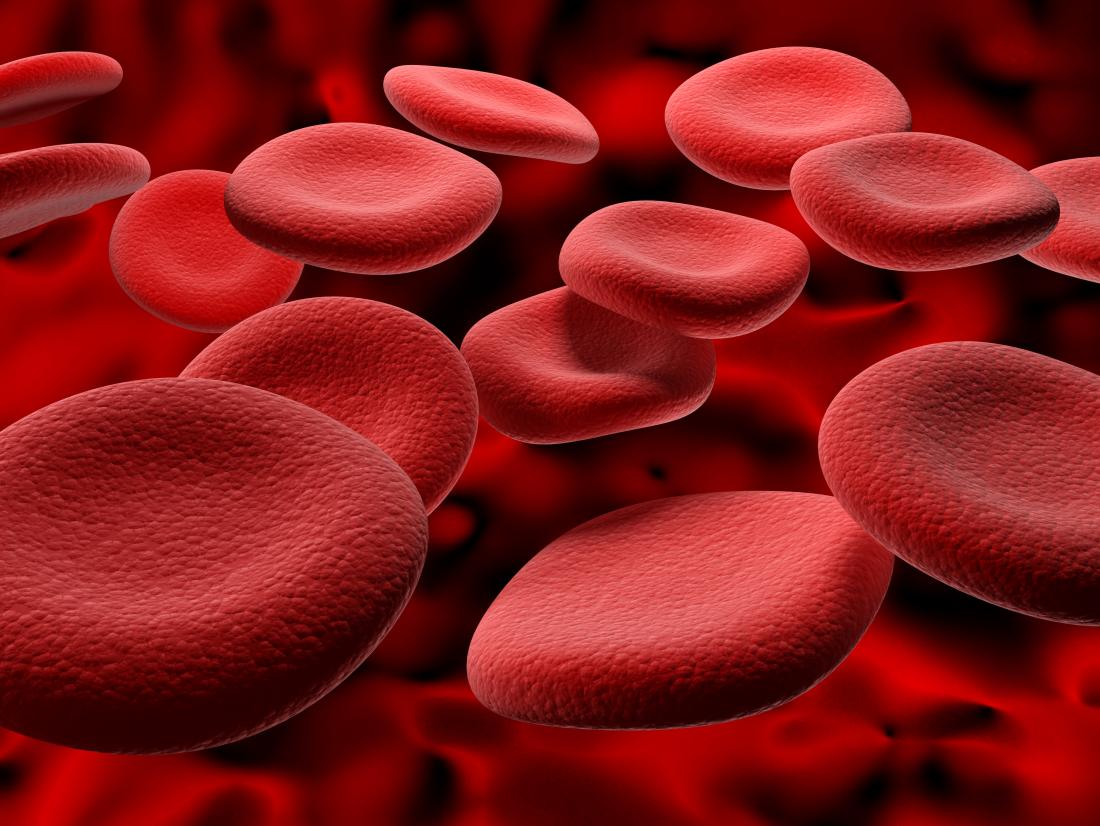
About 70% of iron in the human body is found in the hemoglobin of red blood cells. Hemoglobin carries oxygen from the lungs to all other tissues. Iron deficiency in humans leads to anemia, the heart has to pump harder to compensate for the lack of oxygen in the blood.
5. Most of the asteroids that fall on Earth are rocks, there are a few meteorites with iron content of 90% or more.
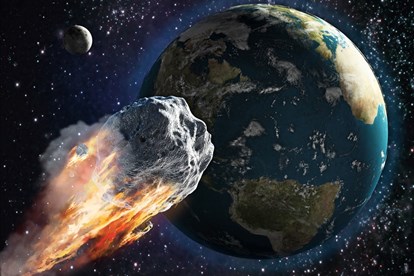
This Hoba meteorite is made up of 82 to 83% iron, only 1% cobalt, 16 to 17% nickel, and trace amounts of other elements.
6. Iron may be an essential mineral, but too much of it in our bodies can be very toxic. 20mg of iron per kg of body weight is considered toxic, while 60mg per kg can be lethal.
7. Some animals have the following senses - magnetic senses. Magnetite has been found in many animals including honeyballs, pigeons and dolphins. These animals are sensitive to the earth's magnetic field, giving them a good sense of direction.
8. Iron isn't always magnetic. Allotrope alpha is ferromagnetic but allotrope beta is not.
9. Some of the most iron-rich marine food sources are tuna, oysters, clams and shrimp. For the most iron-rich foods that we can consume include molasses, tofu, ketchup, lentils, ...
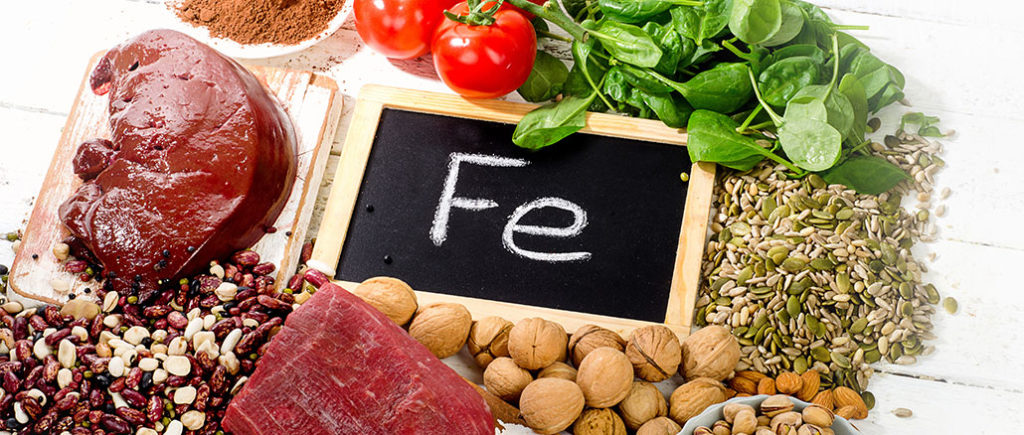
Heme-iron is the type of iron that is easily absorbed by the human body. It can be found in poultry, fish and meat.
10. Today, 90% of the refined metal is iron. Most of this is being used to make steel, as we know it, which is critically important for making many different things: from skyscrapers to home appliances.

Iron is widely used in steel production. Iron is also used to make reinforced beams and reinforced concrete
